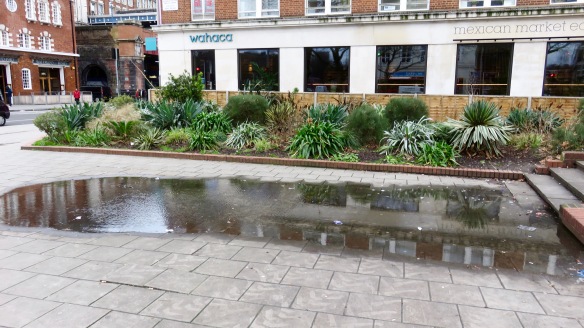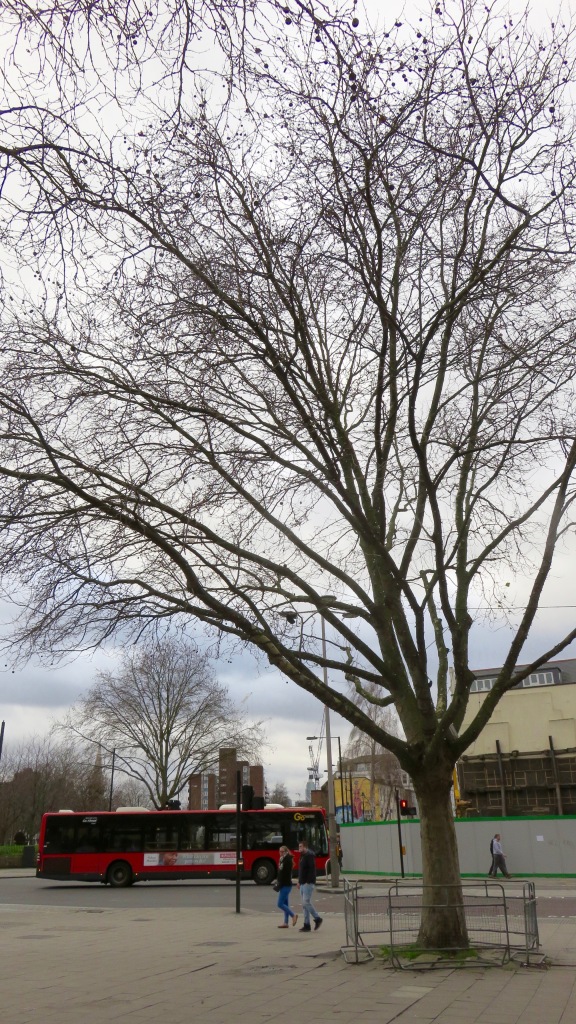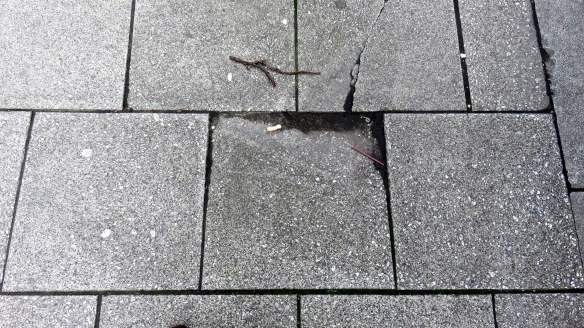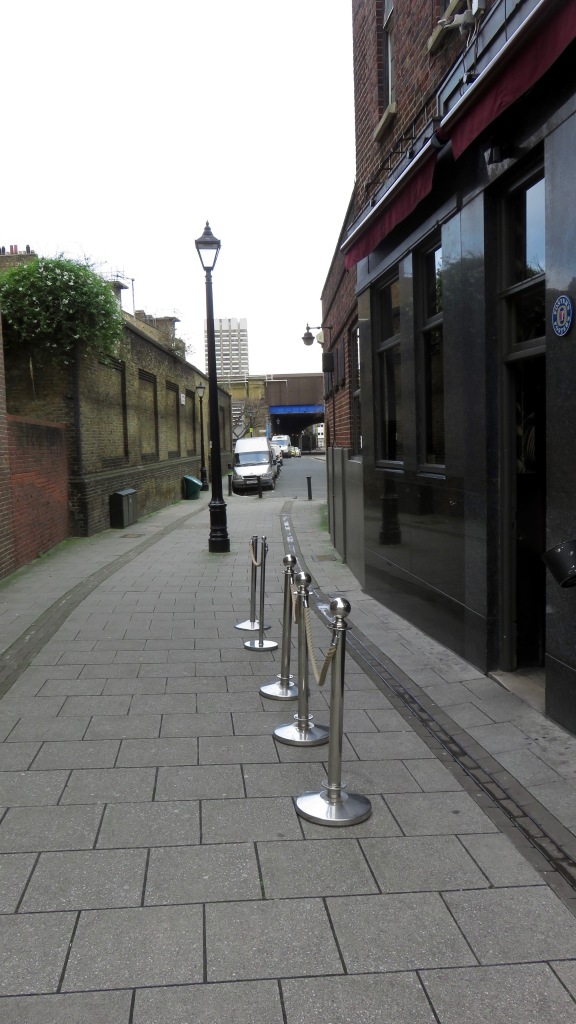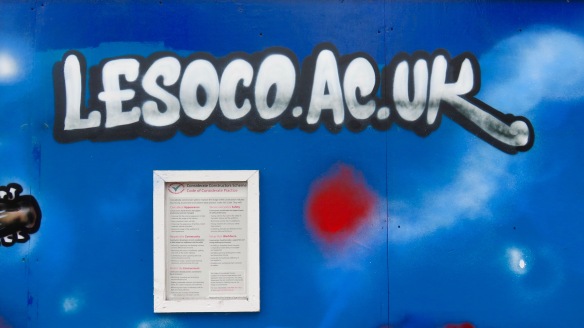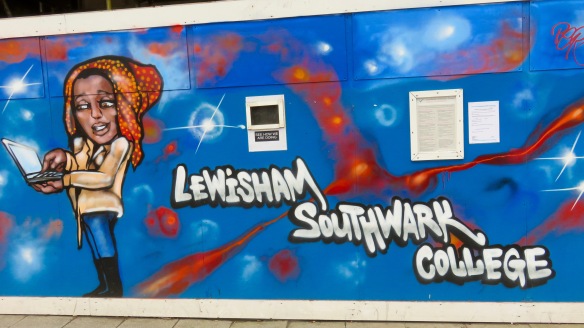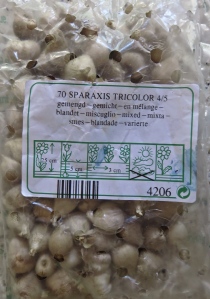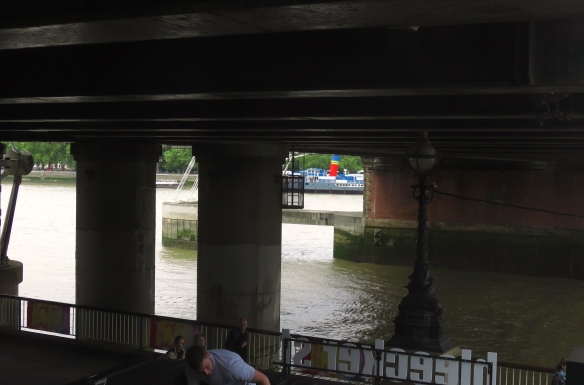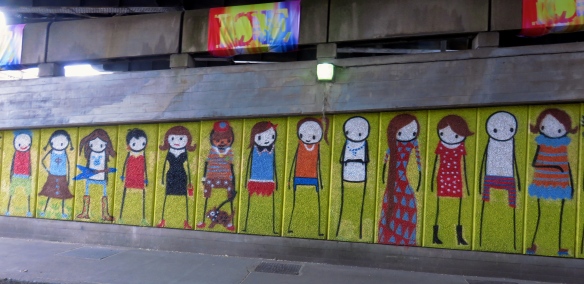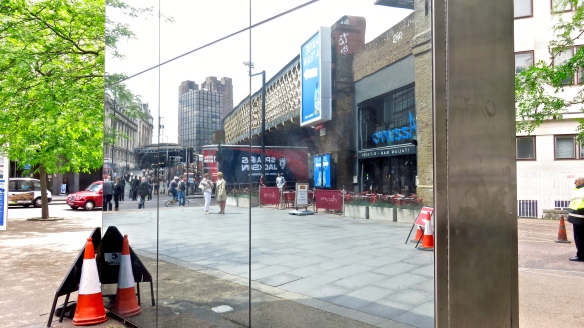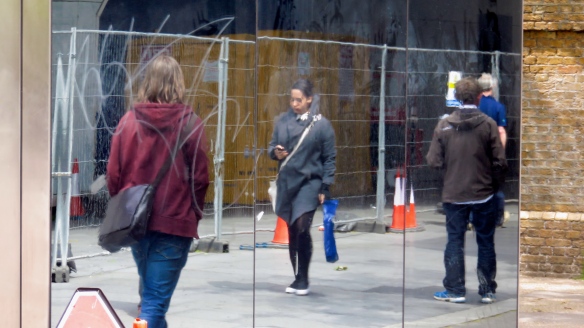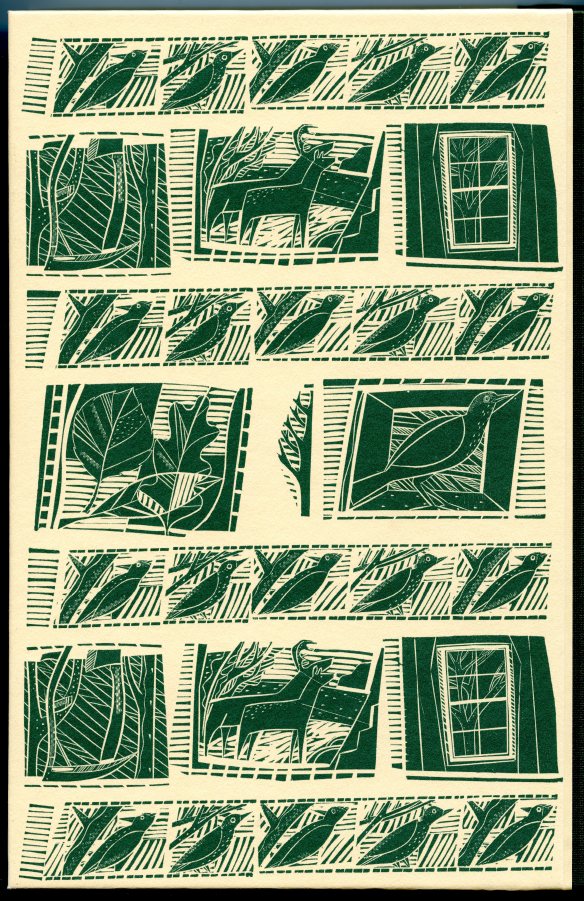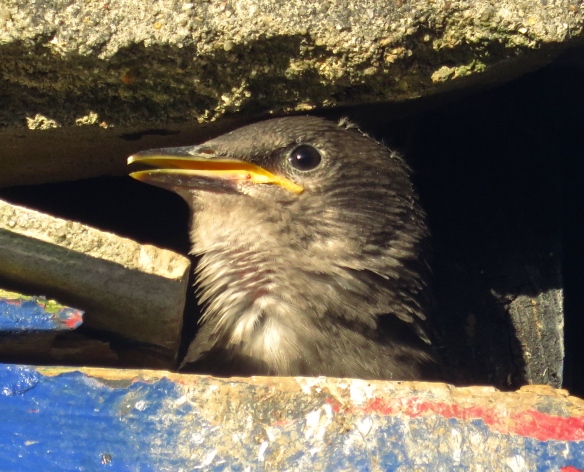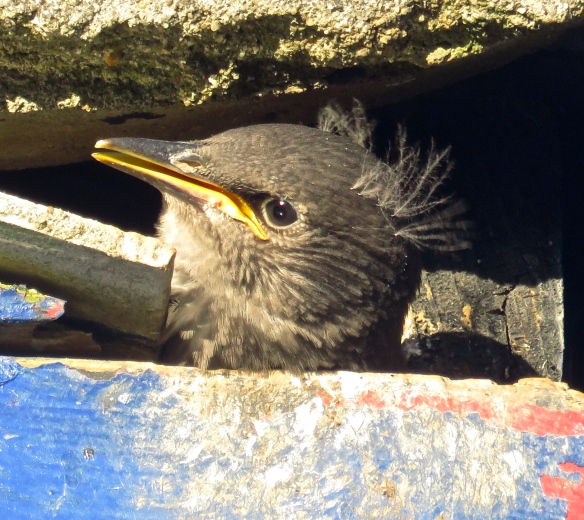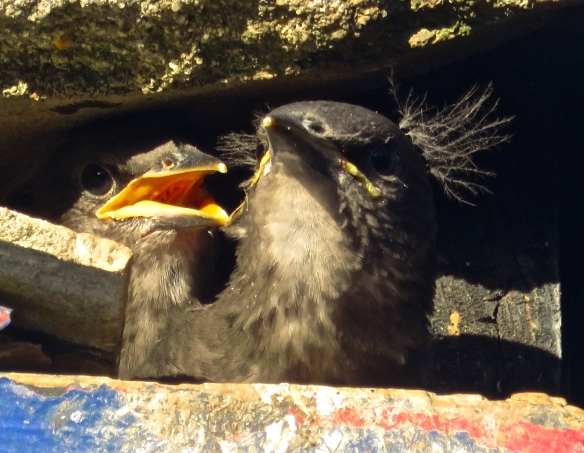Jackie drove me to New Milton Station, and Ian collected me there after I had travelled to Tas in The Cut for lunch with Carol.
On the train, I finished reading Isaac Asimov’s 1976 collection of stories entitled ‘The Bicentennial Man’. The author has almost expunged my antipathy towards science fiction. This is a largely fascinating set written by such a consummate teller of tales that I was prepared to forget my inability to understand some of the technical detail. The writing flows and keeps the reader engaged. The pieces are linked by a few short paragraphs describing how they came about.
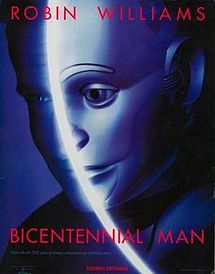 The title tale was developed into a novel, and then a film, which Wikipedia describes thus:
The title tale was developed into a novel, and then a film, which Wikipedia describes thus:
‘Bicentennial Man is a 1999 American science fiction comedy-drama film starring Robin Williams, Sam Neill, Embeth Davidtz (in a dual role), Wendy Crewson, and Oliver Platt. Based on the novel The Positronic Man, co-written by Isaac Asimov and Robert Silverberg, which is itself based on Asimov’s original novella titled The Bicentennial Man, the plot explores issues of humanity,slavery, prejudice, maturity, intellectual freedom, conformity, sex, love, and mortality. The film, a co-production between Touchstone Pictures and Columbia Pictures, was directed by Chris Columbus. The title comes from the main character existing to the age of two hundred years, and Asimov’s novella was published in the year that the U.S. had its bicentennial.’
The paving in Emma Cons Gardens, opposite The Old Vic, has sunk enough to retain a minor lake after the recent rainfall. I photographed it at the beginning of my walk down The Cut, and then again later.
A young London plane stands nearby. In the background is a ‘bendy’ bus, designed to concertina as it turns corners.
In The Cut itself the concrete pavement squares are equally sunken and cracked.
This waste bin has come adrift of its moorings.
Alleys on our left, like Windmill Walk, lead through to the railway arches.
This cycle rack is alongside The Young Vic. The traffic cone may or may not be meant to be there.
This picture of Costa Coffee bar compensates for my not having photographed New Milton’s one yesterday. Costa is all about the venue, where you can sit and play on your laptop to your heart’s content.
A few yards beyond Tas lies the Waterloo Campus of LESOCO, the Lewisham and Southwark College. It is quite the custom now to create graffiti to tart up the screens around building works,
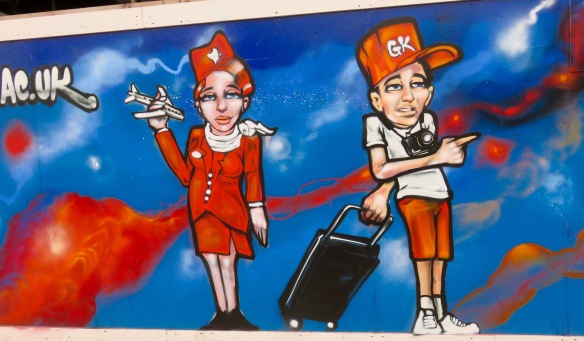
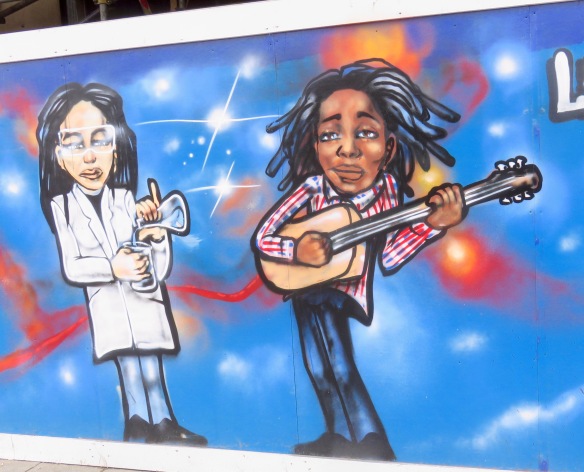 and to leave viewing panels for inquisitive passers by.
and to leave viewing panels for inquisitive passers by.
The figures depicted seem to represent students and their possible careers.
Carol and I had our usual entertaining conversation and good meal at Tas. The waitress couldn’t cope with the fact that Carol only wanted one meze, so, because the menu offered two each, I had to eat three, which was, of course, no problem. My choice of main course was a beautifully tangy prawn casserole, and my house wine, red.
On my way back to Waterloo Station I noticed a young woman plying a theodolite reflected in the pool I had pictured earlier. She was quite happy to appear on the blog, commenting: ‘I’ll show my boss, to prove I have been doing some work.’
On my return journey I was already gripped by Gwen Wilson’s book ‘I Belong To No One’.
Normally the Tas meal would have done me for the day, but I was unable to resist joining in with Jackie’s meal of battered prawns, spring rolls, spare ribs, and savoury rice. She drank Hoegaarden and I drank another glass of El Sotillo.
